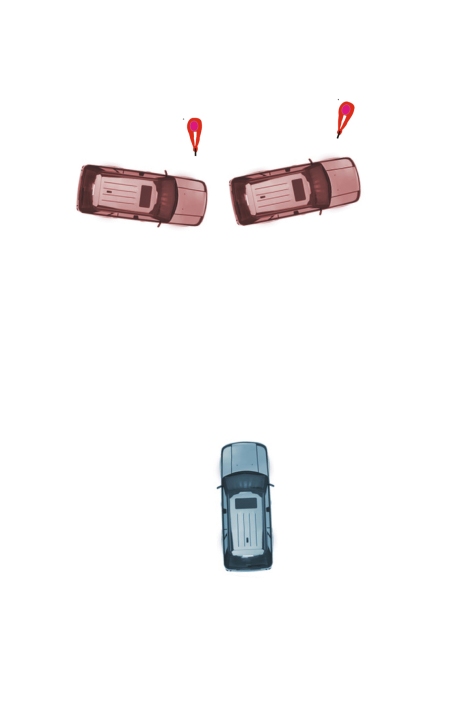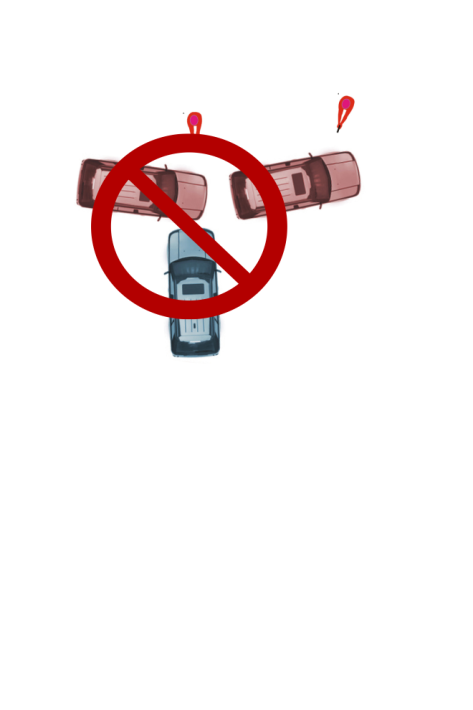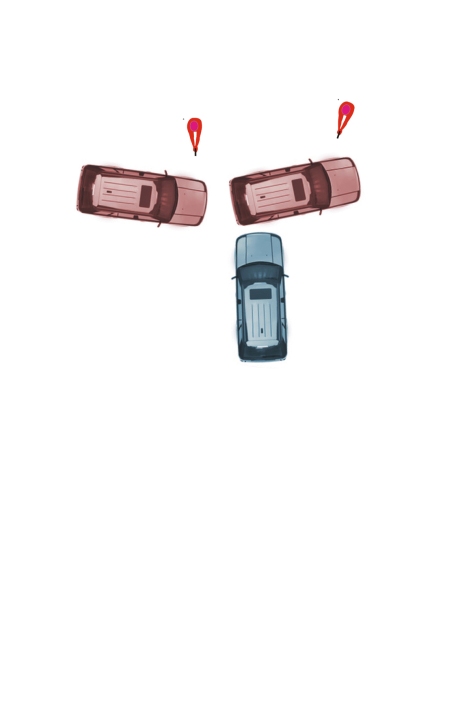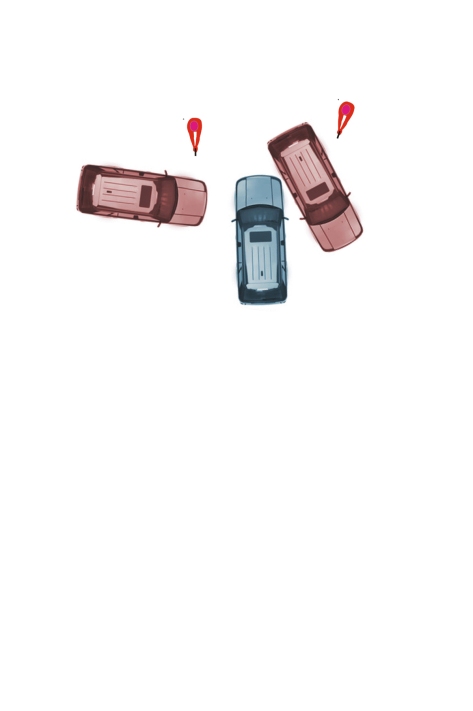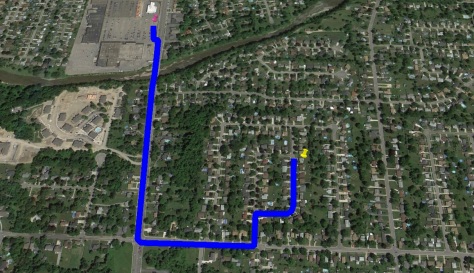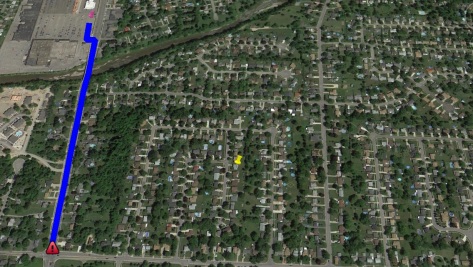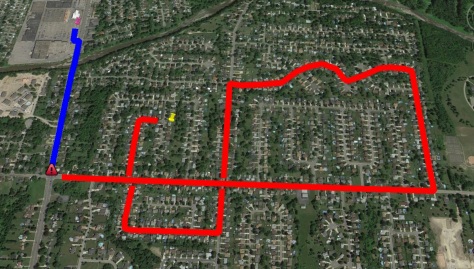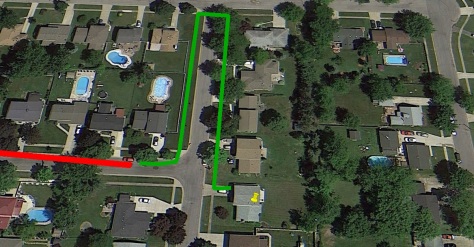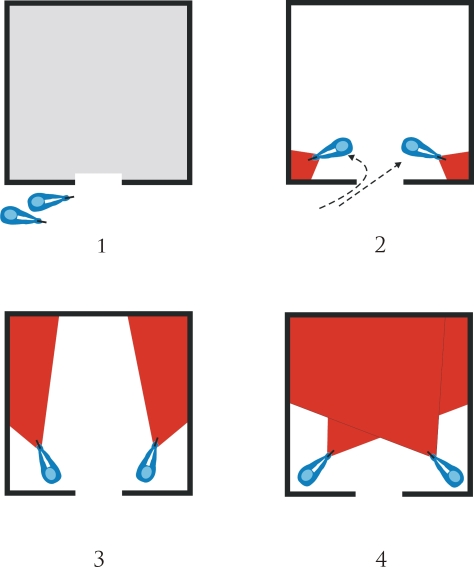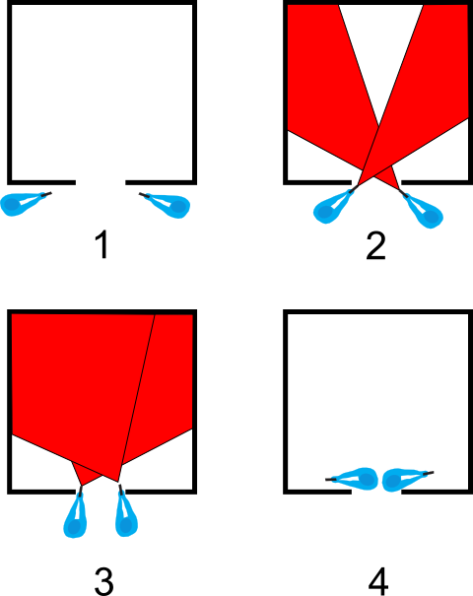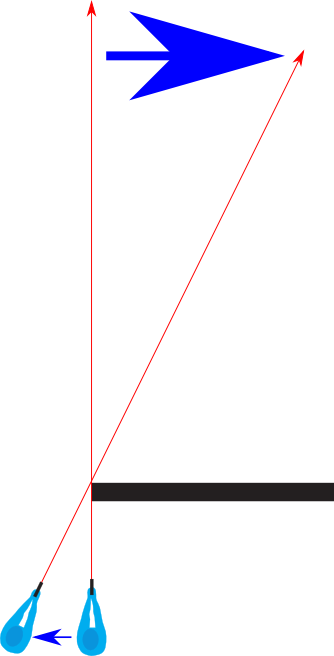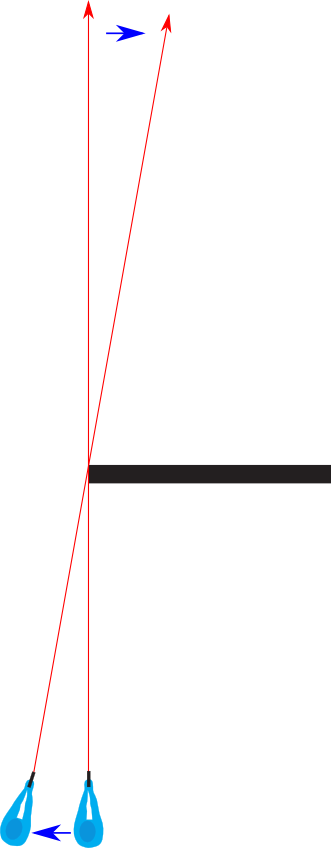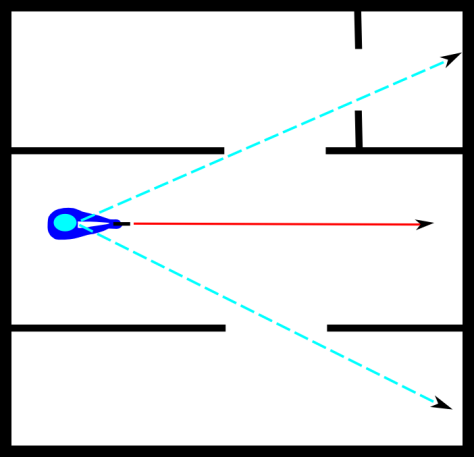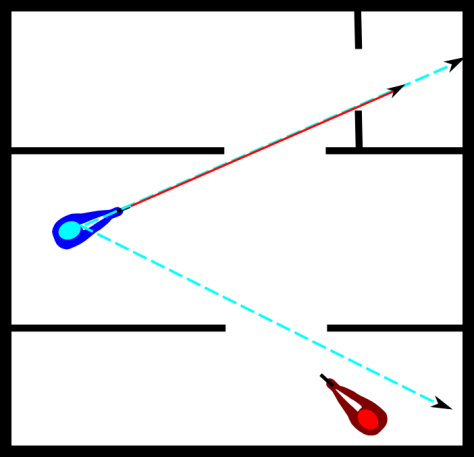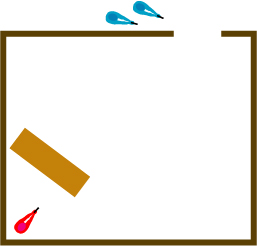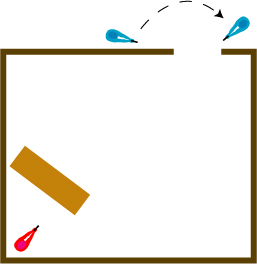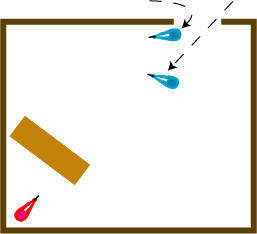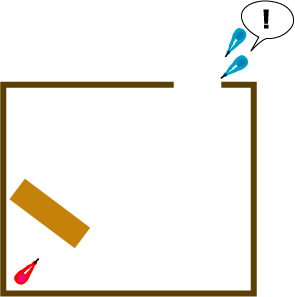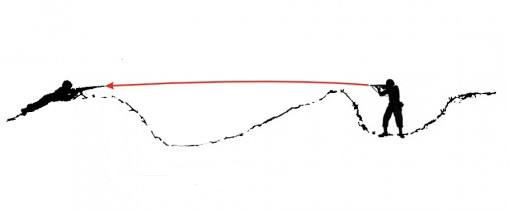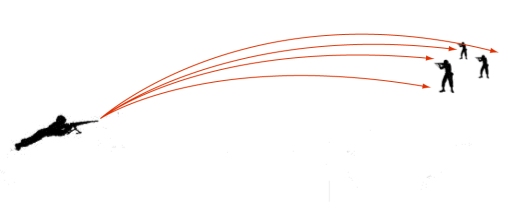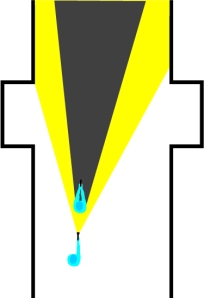Im re-posting this older tac-preschool lesson because this part of the blog has become more popular lately. This topic in particular was one that I was hoping to get more discussion on.
The tactical world is full of various debates.
.45 vs 9mm, 1911 vs Glock, point shooting vs aimed fire, you suck vs I am high speed.
Another issue that crops up is how to engage multiple opponents. There are various schools of thought on the best way to deal with this situation.
One method is known as “boarding house rules”. Which is stated as “everybody gets firsts before anybody gets seconds.” What that basically means is that, starting with the most immediate threat (which usually is the closest bad guy) you “serve” one shot to all opponents then go back and deal with the first target if it’s still there. A common training method is to hit the last target with two shots then go back and give the other targets one more. So in the illustration below the sequence would be: 1, 2, 3, 3, 1, 2 repeat as necessary.
A different version of this engagement sequence calls for you to “double tap” each target from near to far then back again. 1, 1, 2, 2, 3, 3….
The biggest problem I see with this idea is the presumption that you have actually hit the first targets before moving onto the next. Range/competition shooting at plates, poppers, silhouettes etc. isn’t the same as dealing with moving and shooting human beings. I am a decent shot, but I’m not fooling myself into thinking that I can guarantee hits like that when the SHTF.
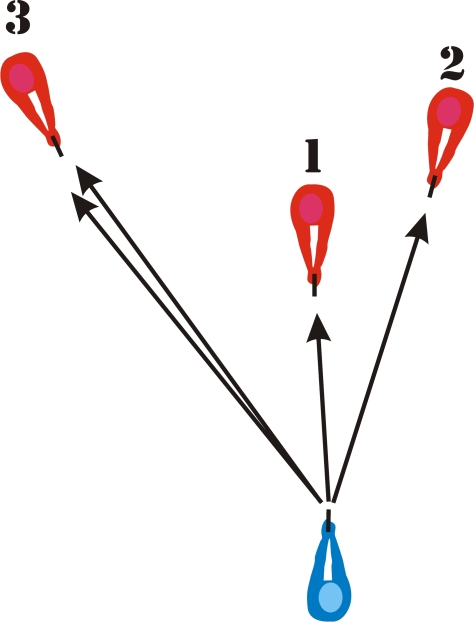
Another school of thought is that due to stress, tunnel vision and the natural human reaction to combat; that a better solution is to shoot each threat, in order of severity, until it no longer is a threat. In the illustration below this is shown as: 1, 1, 1, 1 then onto 2, 2, 2…and so on till all threats are dealt with.
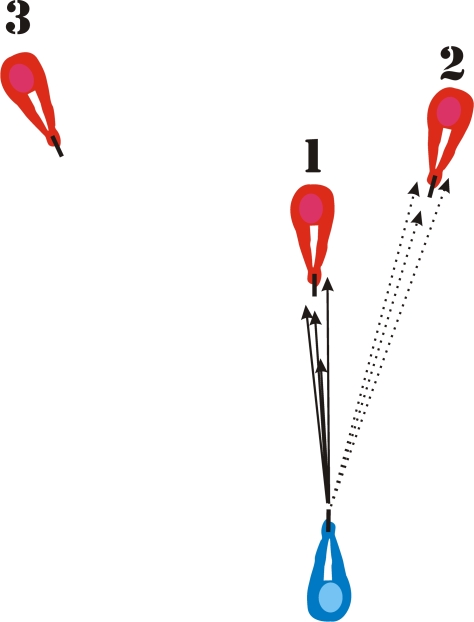
I tend to side with the second approach, but what dogmatic people fail to acknowledge is that there is nothing saying that you cant mix these approaches up. Perhaps I may go: 1, 1, 2, 3, 2, 2, 2, 1, 3, 3, 3, 3 depending on what the hell theses guys are doing.
What I find troubling in most training of this sort, regardless of the method you like, is the “training in” of standing still in the midst of multiple armed opponents and shooting it out. What I think should happen is that you should be MOVING. Move to cover and deal with the closest threat. If he gets behind cover deal with the next available threat. And be thinking about your next move. If they are maneuvering on you or decide to keep shooting it out you are in a loosing proposition. Think about bugging out.

